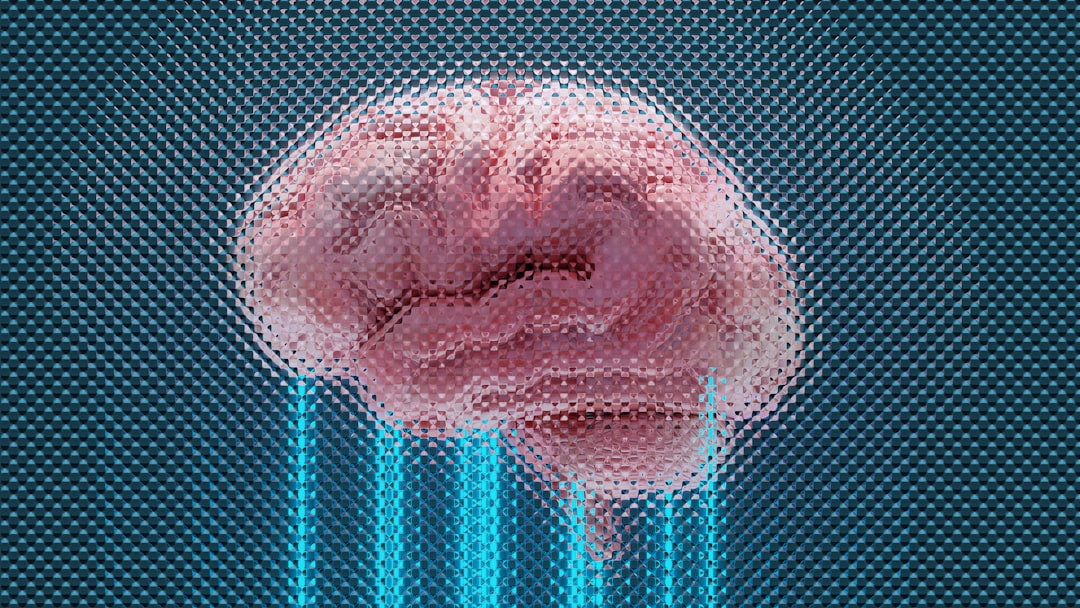Understanding Machine Learning: What It Is and Why It Matters

Explore the fundamentals of machine learning, its applications, and why it’s a crucial subset of artificial intelligence shaping today’s technology landscape.
Introduction
Machine learning has rapidly become a cornerstone of modern technology, driving advancements across various industries. As a subset of artificial intelligence (AI), machine learning techniques enable systems to learn from data, identify patterns, and make decisions with minimal human intervention. This blog delves into the essence of machine learning, its significance, applications, and the pivotal role it plays in today’s digital era.
What is Machine Learning?
Machine learning is a method of data analysis that automates the creation of analytical models. It leverages algorithms and statistical models to enable computers to perform tasks without explicit instructions. Instead, systems learn from and make predictions or decisions based on data. This ability to learn and adapt is what distinguishes machine learning from traditional programming.
Importance of Machine Learning Techniques
The significance of machine learning techniques lies in their ability to handle vast amounts of data and extract meaningful insights. With the exponential growth of data in the digital age, machine learning offers a scalable solution to analyze and interpret complex datasets. This leads to more accurate predictions, improved decision-making, and the automation of processes that were previously manual and time-consuming.
Applications of Machine Learning Techniques
Machine learning techniques are ubiquitous, finding applications in various domains:
- Healthcare: Enhancing diagnostics, personalizing treatments, and predicting patient outcomes.
- Finance: Fraud detection, risk assessment, and algorithmic trading.
- Retail: Personalized recommendations, inventory management, and customer behavior analysis.
- Transportation: Powering self-driving cars and optimizing logistics.
- Public Sector: Improving public safety, resource allocation, and service delivery.
These applications demonstrate the versatility and transformative potential of machine learning across different sectors.
Types of Machine Learning Techniques
Understanding the different types of machine learning techniques is crucial for selecting the right approach for specific problems. The primary categories include:
Supervised Learning
Supervised learning algorithms are trained using labeled data, where the desired output is known. The model learns to map inputs to outputs based on this data. Common applications include:
- Classification: Determining categories (e.g., spam detection in emails).
- Regression: Predicting continuous values (e.g., house prices).
Unsupervised Learning
Unsupervised learning deals with unlabeled data, allowing the model to identify hidden patterns or intrinsic structures. Applications include:
- Clustering: Grouping similar data points (e.g., customer segmentation).
- Dimensionality Reduction: Simplifying data while retaining essential information (e.g., reducing features in datasets).
Semi-supervised Learning
Combining both labeled and unlabeled data, semi-supervised learning is useful when acquiring a fully labeled dataset is expensive or time-consuming. It enhances model performance by leveraging the vast amount of unlabeled data alongside a smaller labeled set.
Reinforcement Learning
Reinforcement learning involves training models through trial and error, where an agent learns to make decisions by receiving rewards or penalties. This technique is widely used in:
- Robotics: Enabling robots to navigate and perform tasks.
- Gaming: Developing intelligent game agents.
- Autonomous Systems: Powering self-driving vehicles.
Evolution and Current Trends in Machine Learning
Machine learning has evolved significantly, transitioning from simple pattern recognition to sophisticated algorithms capable of handling complex tasks. Advances in computing power, data availability, and algorithmic innovations have propelled the field forward. Today, techniques such as deep learning, which involves neural networks with multiple layers, are at the forefront of machine learning research and applications.
GenAI.London: Empowering Learners in Machine Learning and AI
GenAI.London is a pioneering educational initiative designed to guide self-learners through the intricacies of machine learning (ML) and deep learning (DL). By offering a structured, week-by-week curriculum that blends theoretical knowledge with practical exercises, GenAI.London ensures that learners build a robust foundation in both the technical and theoretical aspects of machine learning from day one.
Key Features of GenAI.London
- Structured Learning Paths: Weekly lessons that integrate theory and hands-on practice.
- Curated Resources: Access to seminal papers, online courses, and expert tutorials.
- Community Engagement: An interactive platform for collaboration, feedback, and project sharing.
GenAI.London addresses the challenges faced by self-learners, such as information overload and varying levels of prior knowledge, by providing a clear and comprehensive learning roadmap tailored to individual needs.
Impact on Industries
Machine learning techniques are revolutionizing industries by enabling data-driven decision-making and enhancing operational efficiencies. Here’s how different sectors benefit:
Financial Services
In banking and finance, ML techniques improve fraud detection, risk assessment, and customer segmentation. Algorithms analyze transaction data in real-time to identify suspicious activities, reducing the risk of financial crimes.
Healthcare
Machine learning enhances diagnostics by analyzing medical images and patient data to detect diseases early. It also aids in personalized medicine by tailoring treatments based on individual genetic profiles and health histories.
Retail and Consumer Goods
Retailers use machine learning for personalized recommendations, optimizing inventory levels, and understanding consumer behavior. This leads to improved customer satisfaction and increased sales.
Public Sector
Government agencies leverage machine learning for public safety, resource allocation, and service delivery. For instance, ML models can predict crime hotspots or optimize the distribution of public resources.
Future Outlook
The future of machine learning techniques is promising, with continuous advancements expected to unlock new possibilities. Emerging trends include:
- Explainable AI: Enhancing the transparency and interpretability of ML models.
- Edge Computing: Bringing machine learning closer to data sources for real-time processing.
- Automated Machine Learning (AutoML): Simplifying the model building process, making ML accessible to non-experts.
As these trends unfold, machine learning will further integrate into various aspects of daily life and business operations, driving innovation and efficiency.
Conclusion
Machine learning techniques are indispensable in today’s technology-driven world, offering solutions that range from simple data analysis to complex decision-making processes. Understanding these techniques and their applications is essential for businesses and individuals aiming to harness the power of AI.
Ready to dive deeper into the world of machine learning and AI? Explore more with Invent-AGI and start your journey towards mastering these transformative technologies today!




